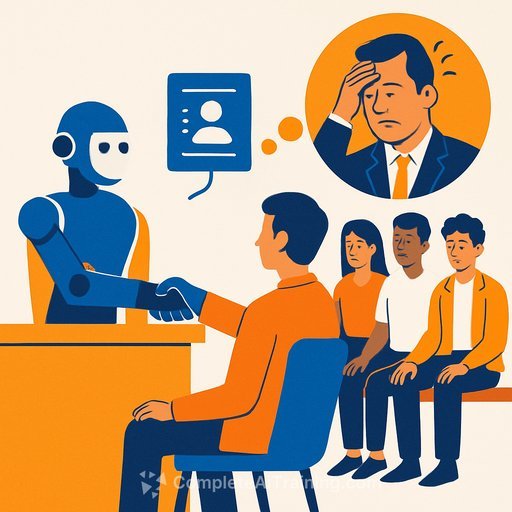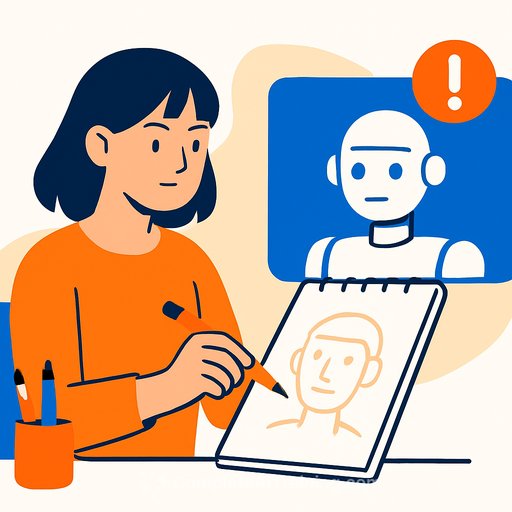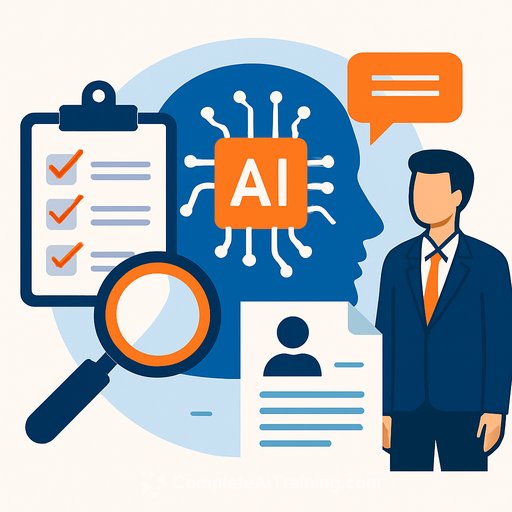Amazon to Trim Up to 15% of HR Staff as AI Restructures the Org: What HR Needs to Do Now
Amazon is reportedly planning to cut up to 15% of its HR function, according to Fortune, as the company restructures around artificial intelligence and cloud operations. The HR group, internally called PXT (People eXperience and Technology), has more than 10,000 employees spanning recruiting, tech, and core HR roles. Timing and exact counts were not disclosed, and parts of the core consumer business may also be affected.
CEO Andy Jassy has been clear: AI sits at the center of Amazon's next phase. He signaled that AI-driven efficiency will likely reduce the corporate workforce, building on prior cuts of 27,000 corporate roles from late 2022 into 2023. Reports also indicate more than $100 billion earmarked for AI and cloud infrastructure in 2025.
This move follows earlier reductions in the devices unit, Wondery, and AWS. At the same time, Amazon plans to hire 250,000 seasonal workers across U.S. warehouses for the holiday period-reinforcing a split between corporate roles and frontline seasonal demand.
Key takeaways for HR leaders
- Expect smaller, more technical HR teams. Recruiting, HR operations, and analytics will lean on automation and AI copilots to handle volume and standard queries.
- Skills inventory becomes priority one. Map current HR capabilities against AI, data, and product-oriented HR-then decide who to reskill, redeploy, or exit.
- Redesign the HR operating model. Shift from ticket-processing to product-led HR with clear owners for experiences like onboarding, internal mobility, and manager enablement.
- Reboot recruiting strategy. Fewer reqs per recruiter is no longer the goal-higher output per recruiter with AI sourcing, screening, and scheduling is. Hiring demand will tilt toward AI, data, and cloud roles.
- Commit to AI fluency across HR. HRBPs, recruiters, comp, and ER should learn prompt design, analytics, and vendor assessment. Provide structured learning paths, sandbox tools, and usage policies.
- Automate the repeatable. Case deflection with chat assistants, knowledge bases, and workflow tools can cut handle time and improve consistency. Keep a human path for sensitive issues.
- Tighten governance. Establish policies for data privacy, bias testing, model monitoring, and human-in-the-loop review for employment-impacting decisions.
- Upgrade change communication. Be direct on what's changing, why it matters, and how employees can prepare. Enable managers with FAQs, scripts, and escalation paths.
- Vendor due diligence with teeth. Evaluate security, compliance, auditability, and ROI for any AI HR tool. Insist on transparent model behavior and exportable data.
- Measure outcomes, not activity. Track time-to-fill, cost-per-hire, internal mobility, case resolution time, policy adherence, and manager satisfaction. Attribute gains to specific AI interventions.
What to do in the next 90 days
- 30 days: Build a role-by-role heatmap of automation impact across HR. Freeze non-critical hiring in overlapping areas. Stand up an AI steering group across HR, Legal, IT, and Security.
- 45 days: Pilot AI for sourcing, screening, and HR case deflection on narrow use cases with clear guardrails. Document quality, bias, and productivity results.
- 60 days: Launch an AI upskilling program for HR with baseline certifications and hands-on labs. Define new career paths for HR generalists, product owners, and HR data analysts.
- 75 days: Rationalize your HR tech stack. Retire tools that duplicate new AI capabilities; negotiate enterprise terms with your chosen vendors.
- 90 days: Publish your HR AI policy, governance process, and metrics dashboard. Communicate the operating model shift and the support available to employees.
Questions to ask your leadership now
- Which HR activities must remain human-led for trust, compliance, or culture reasons-and which will move to automation first?
- What are the target productivity gains and headcount implications by function and timeline?
- What budget is allocated for reskilling, pilots, and new HR product roles?
- How will we test, audit, and document AI decisions that affect employment?
- How will we protect employee data across vendors and internal models?
Context and resources
For official company updates, monitor Amazon's corporate news hub: aboutamazon.com/news. If your team needs structured AI upskilling paths by job family, explore curated programs here: Complete AI Training - Courses by Job.
Bottom line for HR
AI is changing HR's footprint, pace, and skill mix. Treat this as an operating model redesign, not a point solution. Reskill the people you can, automate the work you should, and measure impact relentlessly.
As the CEO put it, employees who become conversant in AI and help build internal capability will have outsized impact. The window to reposition your HR function is open now.
Your membership also unlocks:






